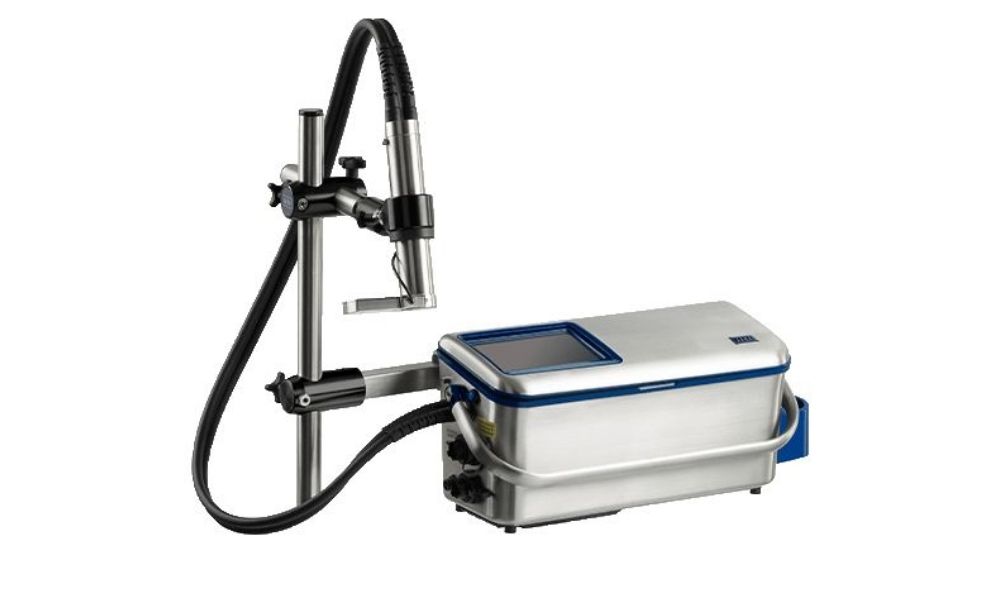Two common types of ink used in industrial printing are dye-based and pigment ink. Both have unique properties and advantages that make them suitable for different printing applications. Take a closer look at the differences between dye-based and pigment ink so that you can determine which is best for your printing needs.
Dye-Based Ink
Dye-based ink, also known as water-based or liquid ink, consists of a colorant that dissolves in water and a carrier fluid. The dye molecules are small enough to be fully dissolved in the liquid, giving it its characteristic high saturation and intensity.
Beneath its colorful exterior, dye-based ink has a variety of benefits. First and foremost is its affordability—it’s much cheaper to produce than pigment ink. Due to its liquid form, dye-based ink can also flow more easily through the nozzles of a printer, allowing for faster printing speeds.
On the downside, the solubility of dye-based ink makes it prone to fading over time. This is because UV light or water can easily wash away or break down the dye molecules, as they are not chemically bonded to the substrate.
Pigment Ink
Pigment ink, on the other hand, consists of larger solid particles suspended in a carrier fluid. These particles contain pigments—finely ground colored powders—that water cannot dissolve. As a result, pigment ink appears more muted and less intense compared to dye-based ink.
But don’t let its subtler appearance fool you—pigment ink has some serious staying power. The larger particles prevent the ink from washing away or fading over time, ensuring long-lasting prints. Additionally, because pigment ink is not water-soluble, you can use it on a wider range of substrates without experiencing bleeding or smudging.
However, the larger particles in pigment ink also mean that it doesn’t flow as easily through printer nozzles, resulting in slower printing speeds. It’s also more expensive to produce than dye-based ink.
Which One Should You Choose?
Dye-based vs. pigment ink: which should you choose? As with most things in life, the answer depends on many factors. Dye-based ink may be more affordable and quicker to print with, but if you need prints that will last for a long time without fading, pigment ink is the way to go. Consider your specific printing needs and budget to determine which type of ink is best for you.
Regardless of your choice, one thing that remains constant is the need for precision and quality in printing. Tourmaline Enterprises’ continuous inkjet printers offer the versatility and high-quality printing needed to bring out the best in both dye-based and pigment inks. Contact our experts today to learn more about our advanced printing solutions and find the perfect fit for your printing needs.

